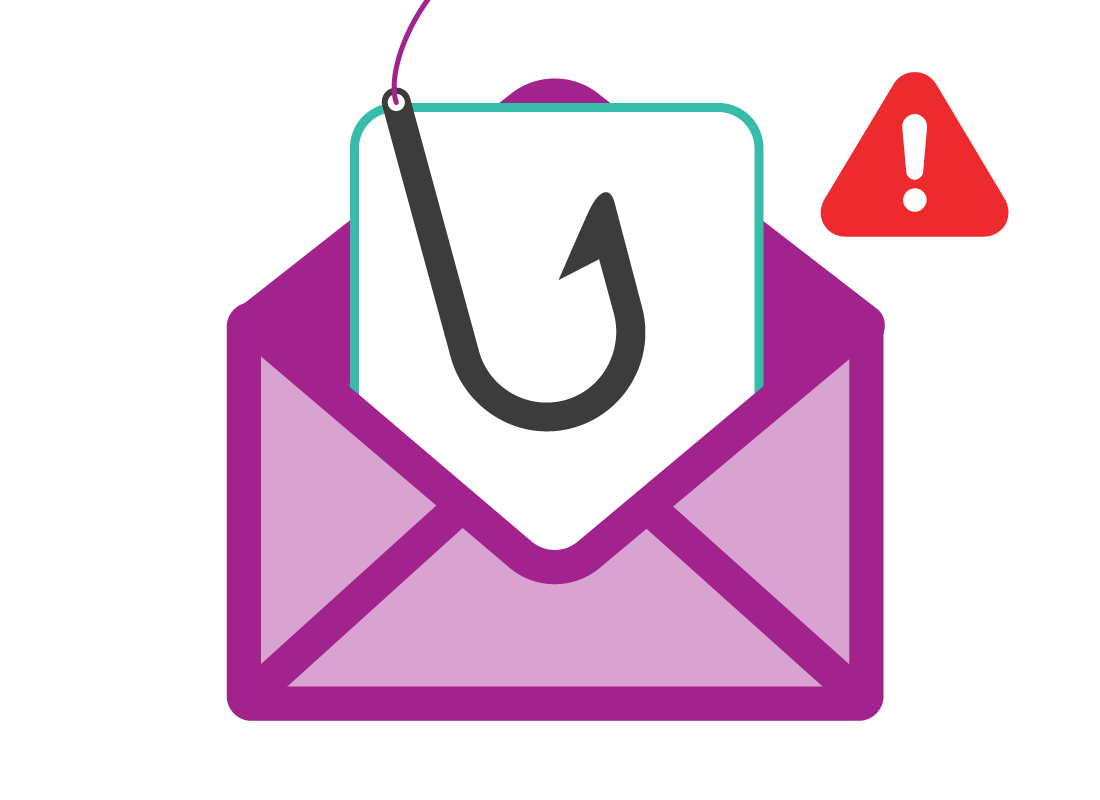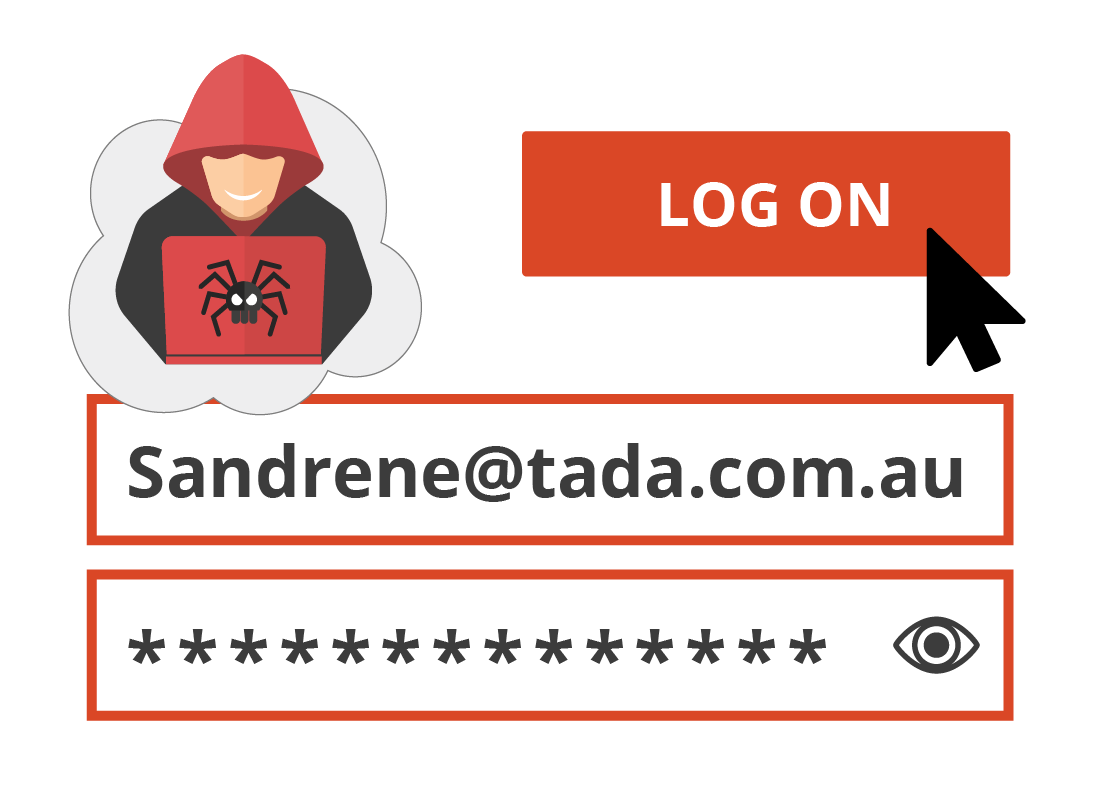What is a phishing scam?
Phishing scams

What's coming up?
In this activity, you’ll learn what a phishing scam is, the most common forms of phishing scams, and how to identify them.
Start activityWhat is phishing?
Phishing is a term that means sending a fraudulent message disguised as something legitimate (such as an email from a friend or your bank) with the intention of tricking the recipient.


What do phishing scams do?
A phishing scam will often try to trick you into providing the scammer with your personal information, such as your email password or banking password. It might also try to get you to install malicious software, which will make your device show unwanted ads, or even steal information stored on your device.
What does a phishing scam look like?
Phishing scams can take many forms. Any kind of communication app, as well as your web browser, might be used in a phishing scam, including:
- Text messages to your mobile device
- Emails sent to your inbox
- Web pages accessed via your browse
- Calendar invitations, which can update your calendar automatically.


What all phishing scams have in common
Even though phishing scams can use many different apps, they all have one thing in common: They are designed to look like a legitimate communication from a person you know or an institution you trust. For example, you might see:
- A Facebook notification from a friend recommending a website
- A text message from your bank asking you to confirm your password
- An email from your internet provider asking you to update your details.
How phishing scams work
Web addresses can be tricky to read, and it’s easier to trust the name you see in your inbox rather than remember to check an email address. Scammers take advantage of this to hide the scam and make it look legitimate. For example, an email may say it’s from a friend or your bank, when it’s really from the scammer.
Text messages are even easier for scammers to disguise as legitimate, because we don’t know the mobile phone number our bank or other institution uses to send us texts.


How can phishing scams be harmful?
Phishing scams work by stealing information, but the ultimate aim of the scammer is usually to steal money. If the scam works, the scammer may be able to get access to your financial institutions and withdraw money or make purchases for themselves using your credit card details.
Some phishing scams could also install malicious software on your computer.
Well done!
This is the end of the What is a phishing scam? activity. You’ve learned what a phishing scam is and how it works.
Coming up next is the How to identify a phishing scam activity, which will show you the ways to tell a scam from legitimate communication.
